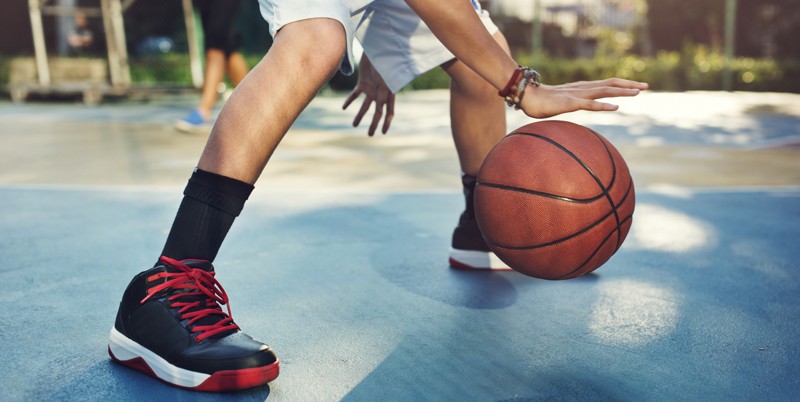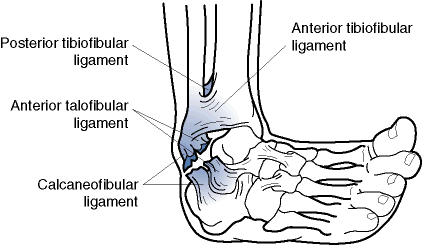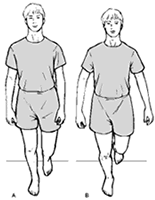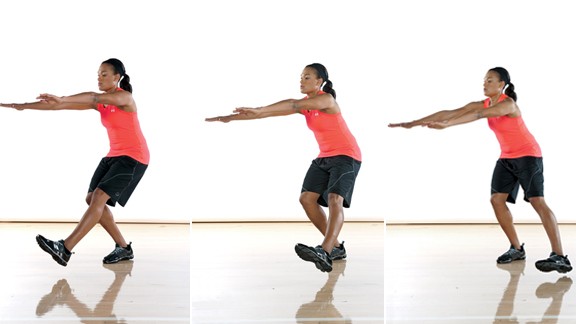By Andrew J Gaetano, PT, DPT, OCS, CSCS
How To Prevent Ankle Injuries In Basketball
Ankle sprains are one of the most common orthopedic injuries, and preventing ankle injuries in basketball is key.
On any given day, 25,000 people will sprain their ankle. You don’t having to be an athlete to do so- it can happen to anyone; adult, child, athletes and non-athletes. Commonly people believe that ankle sprains are not serious, and often people who sprain an ankle will not seek treatment. Spraining your ankle can not only keep you out of the game, but it can increase the risk for future sprains and problems in the future if not treated properly. Let’s talk about some factors that may affect who sprains their ankle more frequently, and what we can do to reduce the risk.
Most of the time when someone rolls an ankle – it occurs into what we call an inversion motion, where the outside part of the foot hits the ground and the bottom of the foot points inward. An inversion ankle sprain is when the ligaments on the outside of the ankle become injured (stretched too much or even torn).
(Figure 1; inversion sprain at the ankle, showing the most commonly sprained ligaments)
The severity of an ankle sprain is based on a few things; how badly the ligaments are stretched or torn, how much swelling/bruising there is, and how much function is lost. A grade I tear is mild, grade II is moderate, and grade III is severe.
In addition, ankle sprains are also classified based on time since the injury. Acute sprains happened recently- within a few days or weeks of the injury. Chronic sprains cause symptoms beyond the normal expected healing timeframes. Recurrent sprains occur easily and frequently, sometimes with minimal force needed. You will usually know if you sprain an ankle based on pain, swelling, tenderness, and sometimes depending on the severity, hearing a pop or being unable to put weight on your foot. Sometimes, x-rays are necessary to make sure there is not a fracture in any of the bones around the ankle.
Why are some people more prone to spraining their ankles, and how can we reduce the risk and be successful in preventing ankle injuries in basketball?
Figure 1: Inversion sprain at the ankle, showing the most commonly sprained ligaments
Calf Stretch
One of the biggest risk factors is having a limitation in ankle range of motion, specifically tight calf muscles, or limitations in pointing the toes and foot upwards.
Those with ‘tight calf muscles’ may be at greater risk. Below is a stretch that may help in preventing ankle injuries in basketball by improving this range of motion.
Figure 2: A common calf stretch. Stretches should typically be held for at least 30 seconds without bouncing back and forth
Balance & Coordination Exercise
Those with less balance, coordination, and position sense may be at greater risk.
Working on your single leg balance with or without your eyes closed without falling over, or training with specific balance devices like discs and wobble boards can help to improve balance and coordination.
Figure 3: Single Leg Stance. Try to hold with eyes open, then closed if possible. Hold at least 10 seconds, trying to gradually increase your time without having to stop
Cardio-Respiratory Fitness
Those with less cardio-respiratory fitness level, less endurance, and decrease ankle and leg strength may also be at greater risk.
Figure 4: Working with a balance device like the “Dynadisc”, in this case trying to stand with one foot. A pillow, foam pad, or other unsteady surface can also be used instead.
Figure 5: Dynamic Balance, or standing on one leg while the other leg is moving up, out, and back. Try to keep your center of gravity over the leg you are standing on, without falling over
Figures 5 and 6: Ankle inversion and eversion strengthening using a resistance band. Try to perform at least 10-15, 2-3 times each ankle.
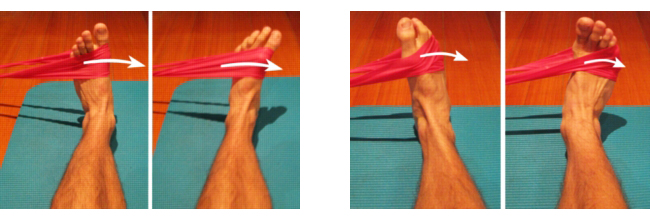
Figure 5 & Figure 6
Figure 8: Improve your cardio fitness!
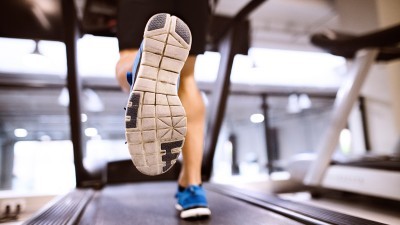
Figure 8
Sometimes, ankle sprains can happen no matter how prepared you are. What should you do if you do happen to roll your ankle? If you do happen to suffer an acute ankle injury, you need to remember PRICE:
- P: Protection- reduce any further trauma to your ankle, including anything that causes pain
- R: Rest- goes along with protection, your ankle needs a chance to heal
- I: Ice- ice is a good way to control pain and swelling, which may reduce further injury to the tissues
- C : Compression- again, a good way to control swelling
- E: Elevation- limits the amount of swelling that gravity can pull into the ankle and foot
If you have sprained your ankle more than once before, you may be at risk for re-injury in the future if the ligaments did not heal properly or if your ankle never returned to its normal strength. An orthopedic physical therapist will be able to offer individual advice on ways to prevent a problem with recurring ankle sprains specific to your individual situation, and will be able to advise you on a progressive functional training program that allows you to gradually and safely return to your sport or daily activities without injury. An orthopedic physical therapist will also be able to advise you on specific bracing or taping techniques that may be helpful for you as well.
Again, this isn’t a comprehensive list and these exercises aren’t for everyone. In some cases after an ankle sprain, a consult with a physician may be necessary to rule out fracture or other problems. Always consult with a medical professional to get individual advice before starting an exercise program.
Our physical therapy clinics serve Queensbury, Glens Falls, Lake George, Malta, Wilton, Saratoga Springs and the surrounding areas. Contact us online, or call one of our two locations to learn more about physical therapy exercise for functional movement, or to schedule a sports screening evaluation.

